What it’s like to die by chytrid depends on who you ask. But whatever it is – suffocation, drowning, cardiac arrest – it’s bad. Even then, it’s not the individual effects of this fungus that are most horrifying.
The chytrid fungus, which plunges spores into the skin of amphibians, has directly caused the extinction of at least 90 species around the globe. You read that right. Upwards of 90 species no longer exist on this planet because of a fungus.
Finding a solution has vexed researchers and conservationists. But what if some toads have figured out a way to help themselves? What if, just like we know to take our blood pressure medicine or stay in bed when we’re sick, some toads have started seeking warm, sunny spots to rid themselves of the disease?
It’s been documented before in a laboratory setting, but a PhD student from the University of Wyoming may have now found self-healing toads in the wild.
It likely doesn’t mean a simple cure for the world’s amphibians, but in the midst of despair over the loss of countless individuals, some glimmer of hope may exist – if people stay vigilant.
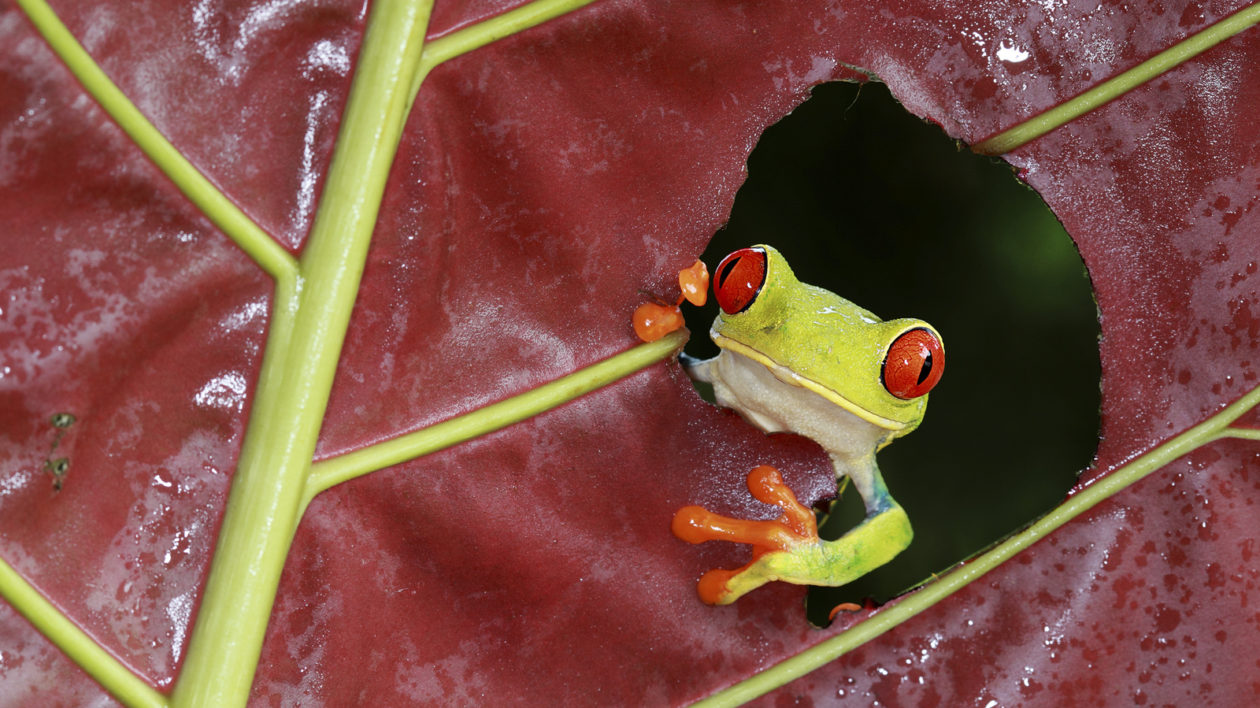
The Worst Wildlife Disease Ever
The chytrid fungus – which is actually multiple species of fungi lumped into one common name –was first identified in the late 1990s in Australia, Panama and the National Zoo in Washington D.C., and by then had already been decimating amphibian populations. The fungus likely originated somewhere in Asia.
But as the live animal trade – legal and illegal – exploded all over the world, so did cases of chytrid. The trade in frog legs likely also contributed.
“We’re still trying to fully estimate what was the damage because so much was done before we knew what we were dealing with,” says Karen Lips, a biology professor at the University of Maryland and leading expert on frogs and chytrid. “Any estimate would be an underestimate of what we were seeing.”
A 2019 paper published in Science declared chytrid the worst wildlife disease ever in terms of amount of damage it’s caused. It’s also the worst invasive species for vertebrate animals, which as Lips notes, is impressive given how much damage cats, pigs and rats have done to the world.
The fungus itself has two main stages: a little zoospore that resembles a sperm and the mature zoosporangium.
The zoospore swims through water until it finds a frog, salamander, toad or other amphibian and drills through the creature’s skin. There the zoospore morphs into a zoosporangium, produces more zoospores and shoots them into the environment, thus exponentially increasing their numbers.
How species die of chytrid varies, but in some an infection grows until the frog’s skin is so saturated in fungus it can’t get enough oxygen to breathe. Eventually the frog’s organs fail and its heart stops.
But if the infection isn’t severe, a frog can live with it for years.
“It’s when the frog sits in a nice, moist cave or something and the fungus grows and grows that it will then [often] cause death,” says Lips.
Chytrid tends to thrive in cooler temperatures, but a frog’s microbiome also likely influences how it’s impacted by chytrid, as might ambient moisture levels or chemicals in the skin of the frog itself.
Freezing or very hot temperatures will kill the fungus. Which is where Gabe Barille’s research begins.
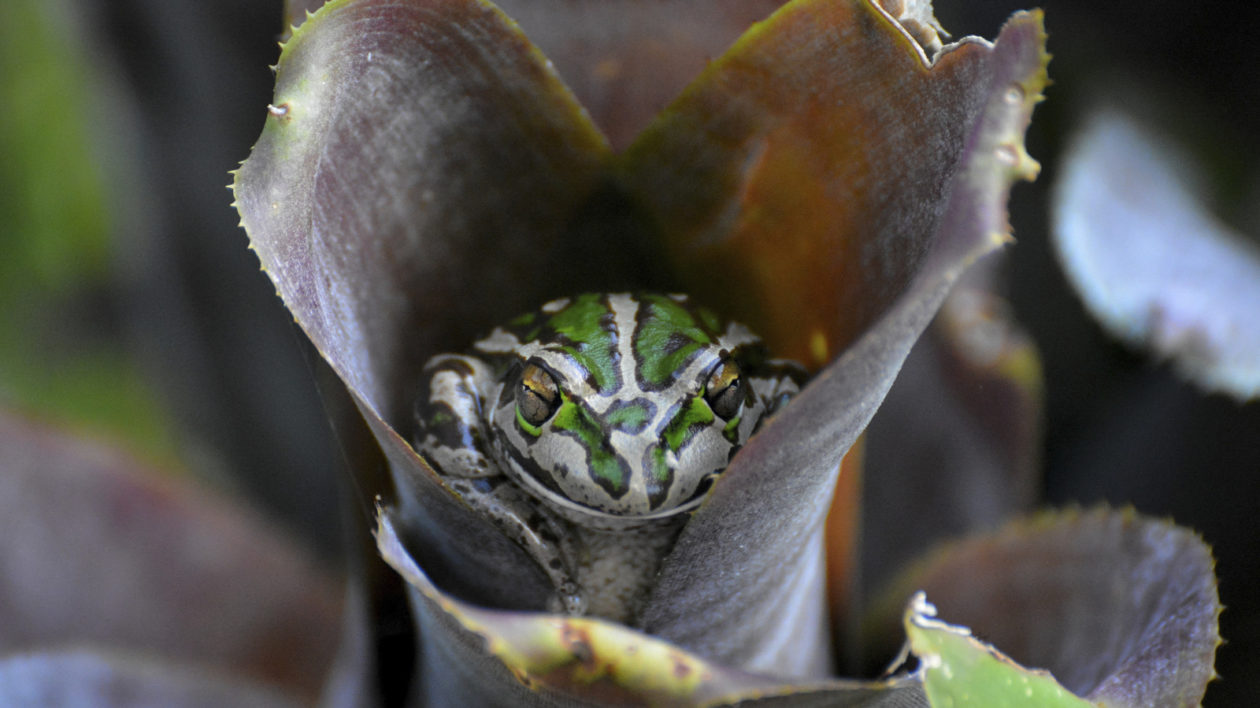
Sitting in the Sun
Like most researchers, Barille, a University of Wyoming PhD student, started his project with a question: Why were boreal toad populations in the western portion of Wyoming persisting with chytrid but populations of the same species were crashing in other areas?
The researchers started by capturing toads and affixing a kind of mini fanny pack around their middles to see how they move throughout their habitat.
“Toads were taking refuge under willows or small mammal burrows. But every once in a while, we saw them basking out in the open,” says Barille.
Sitting in the open under the hot sun came with trade-offs. It makes the animals more susceptible to predators like ravens or badgers. And dry, hot desert isn’t necessarily optimal toad conditions. But it may well be what was keeping the toads alive, because those chytrid zoospores die in temperatures in the low 80s.
While the toads may have moved into warmer areas before chytrid, they were obviously placing themselves in open, hot areas at higher rates when they were infected.
The conclusion researchers drew is that the toads knew how to seek relief from the fungus. But what this means for the future of toads is uncertain.
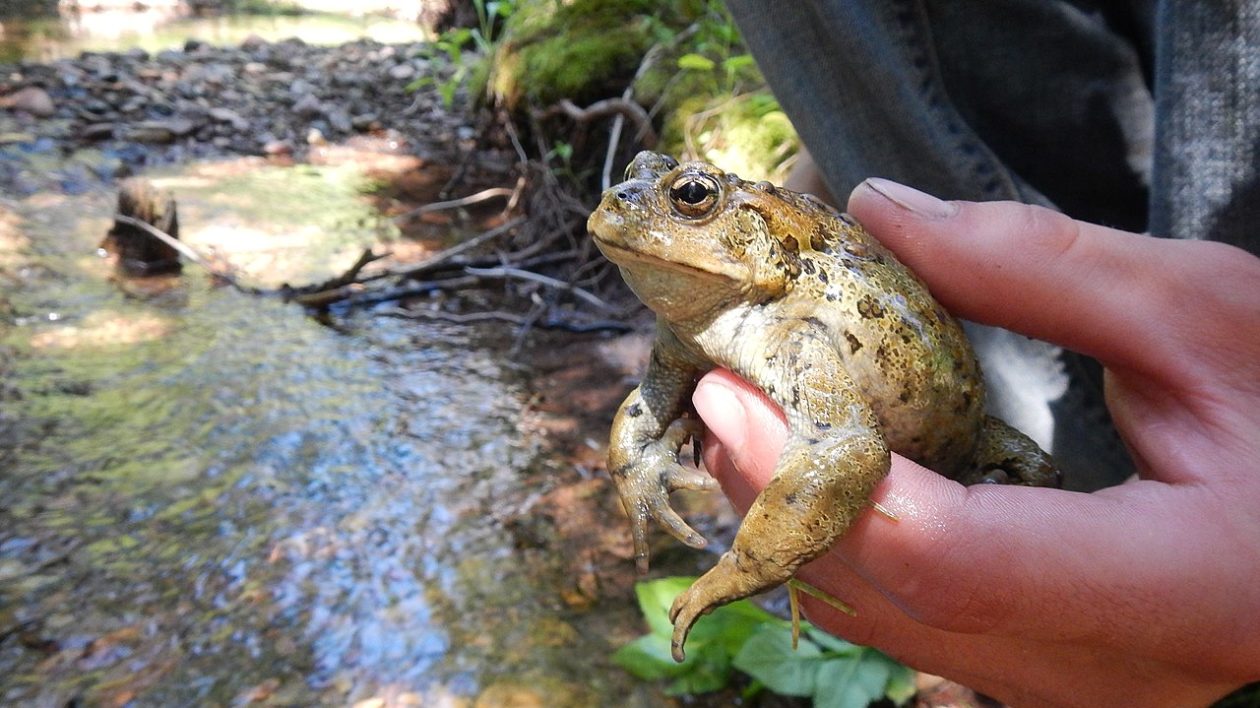
“They Can’t Win Right Now”
Researchers have considered some off-the-wall ideas about bringing heat sources to amphibians to help them combat chytrid. Installing heating lamps, for one, comes with its own share of practical and ethical challenges.
Large-scale habitat changes like deforestation or wildfire would open the forest canopy and allow in more light and heat, but that would also dry up the very habitat toads, frogs and salamanders need to survive, Barille says.
“They can’t win right now,” he adds. “What an amphibian would like for conditions is also what the fungus likes.”
A small bright spot is that, well, chytrid is everywhere.
“We suspect the big die-offs that you see when it gets to a new population have probably passed,” Lips says. “The worst is probably over and the ones that made it through will likely persist.”
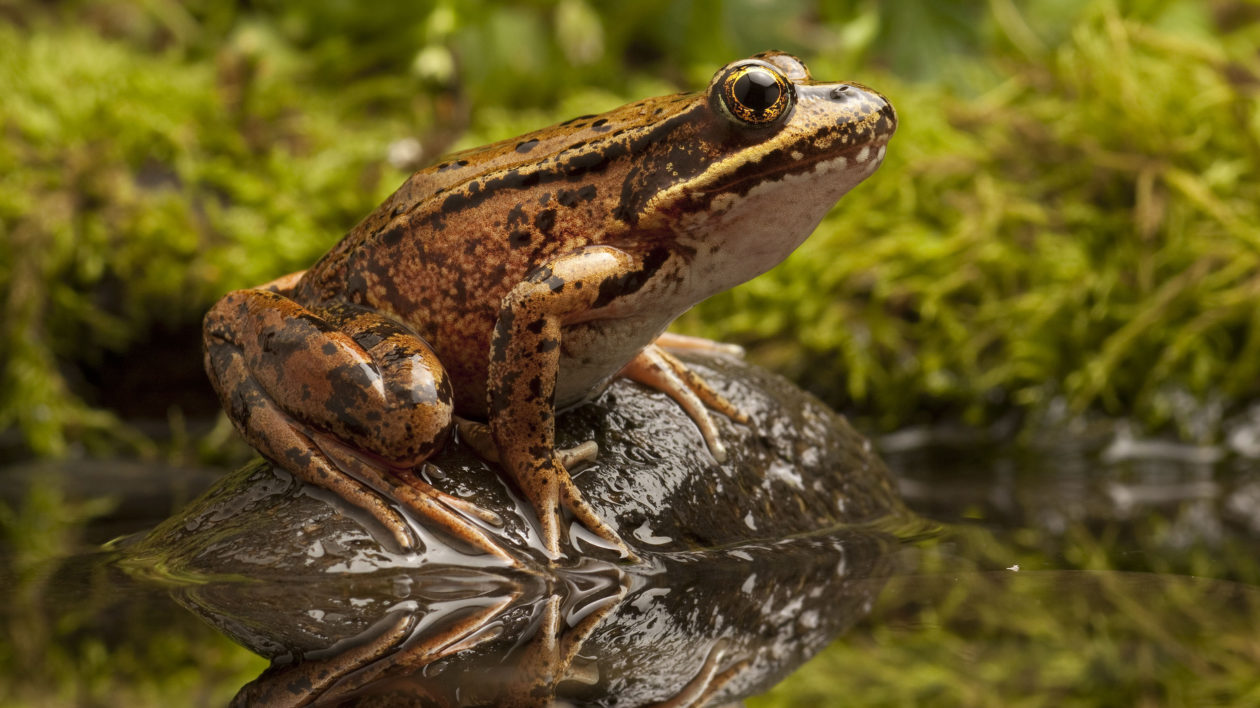
In other words, about 12 percent of species that have been infected show signs of populations holding steady or slightly creeping up.
But now isn’t the time to rejoice that the planet’s amphibians – critical to suppressing insects we don’t like that spread diseases we like even less – will be fine. As Lips pointed out, chytrid has many variations, and introducing a new one into an area could further devastate the populations still clinging to life. And not only does a planet without amphibians mean more mosquitoes, it also means fewer trout that eat tadpoles, fewer snakes that eat frogs and fewer birds that snack on amphibians.
Since nothing cures chytrid once it’s in an environment, the best solution to keeping remaining amphibians safe is to not introduce new strains at all.
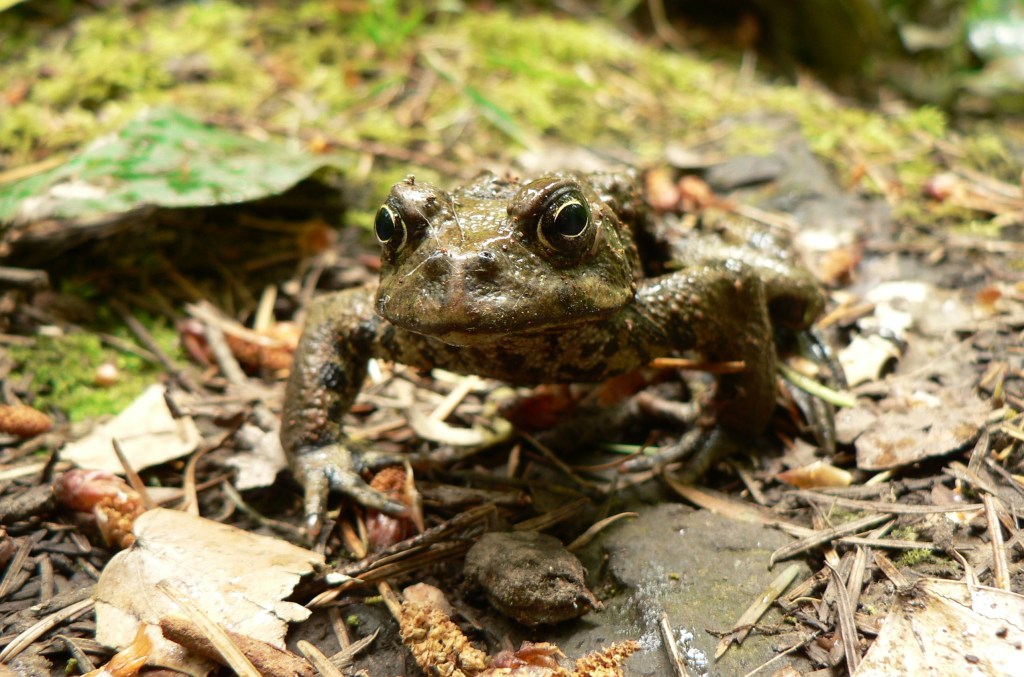



Thanks Christine for keeping us informed about all wild creatures – large and small.
We all play a role in nature’s life balance.
Thanks for the information-I am cautiously relieved a little about our amphibians’ future.